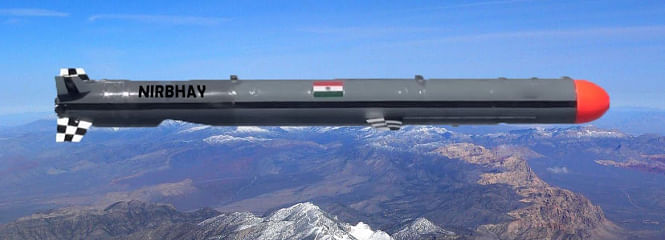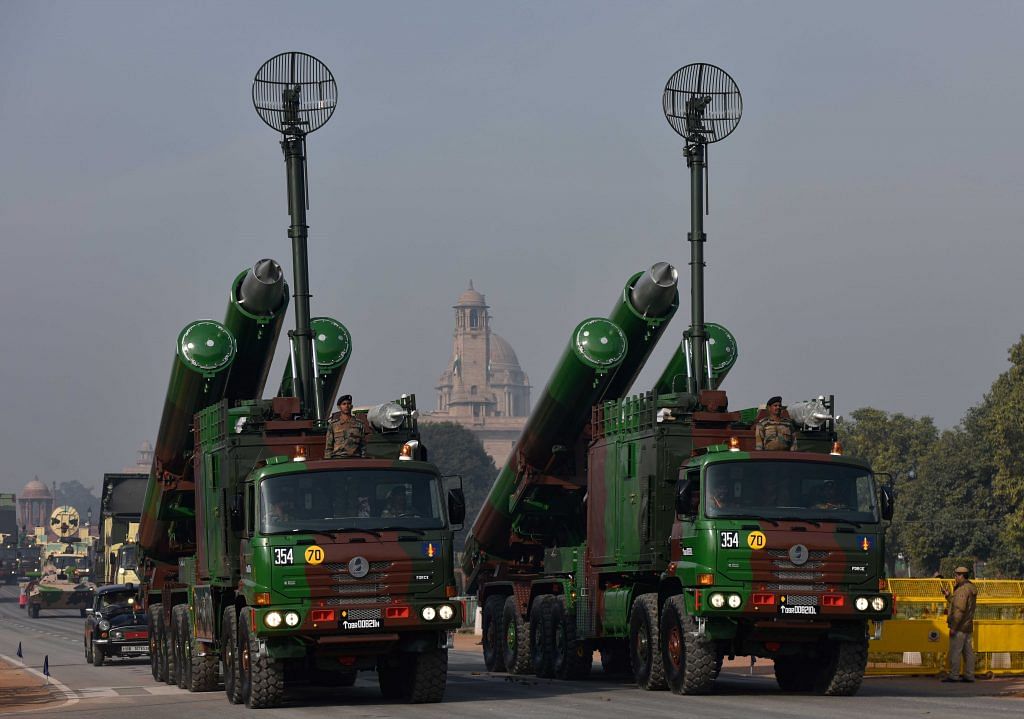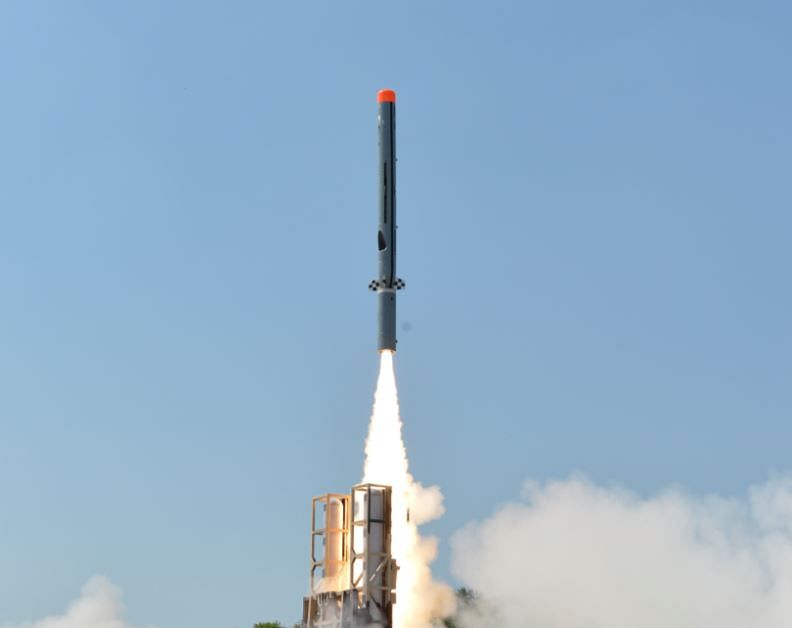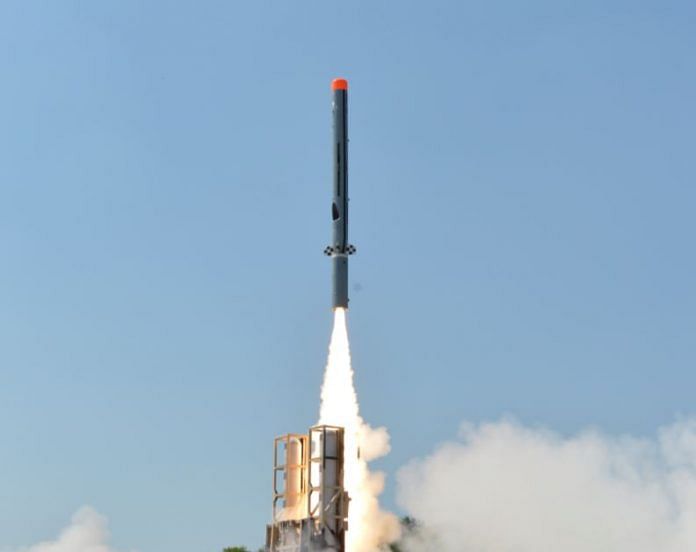What is the Nirbhay
It is India’s first indigenously developed long range sub-sonic cruise missile, which is being designed to be deployed from multiple platforms –- land, air and sea. The missile can hit targets at a range of 1,000 km and travel at low speeds for easy manoeuvring and target acquisition. The missile can be used to hit targets like command centres, bridges, communication hubs and enemy formations deep in enemy territory. The missile has the capability to loiter and cruise at 0.7 Mach, at altitudes as low as 100 m.

How is it different from the Brahmos?
Both the Nirbhay and Brahmos are cruise missiles – that undertake a powered, controlled flight throughout the trajectory for high accuracy. The Brahmos, however, is a super sonic missile that is very difficult to intercept and take down by the enemy. The slower moving Nirbhay, however, can be armed with a nuclear warhead, giving India the capacity to counter Pakistan’s tactical nuclear arsenal. The Brahmos – built under treaty with Russia – can only be armed conventionally. Besides, the Nirbhay has a range of 1,000 km that is above the 290km range of the Brahmos that is being slowly increased to over 600 km.

What is the latest test about?
India has carried out a total of five tests for the missile, of which only two have been successful. The latest test was a do or die moment for the project, given the series of past failures that have been blamed on technical flaws and even allegations of poor material being used. The missile was tested for 50 minutes, achieving a range of 647 km.

What next?
Despite reports and a perception that the missile is now ready and good for deployment, the Nirbhay has a long way to go before entering service with the armed forces. The three failed tests of the past mean that the user will be careful in evaluating the missile and will demand extensive firing trails to build confidence. While details have not been made public, the missile would need to go through at least five more tests to prove capability from the ground launcher. A longer term effort will be needed to make it capable of firing from an air platform and from under water.







Normally DRDO makes a mountain of a mole hill when a test is even mildly successful ,the strange reticence is disquieting . Needs dozens of tests on land for us the Indian public to be sure . Range needs expansion to 2000 Km ,then a sub launch ,then hypersonic end .Why do they test so infrequently ?